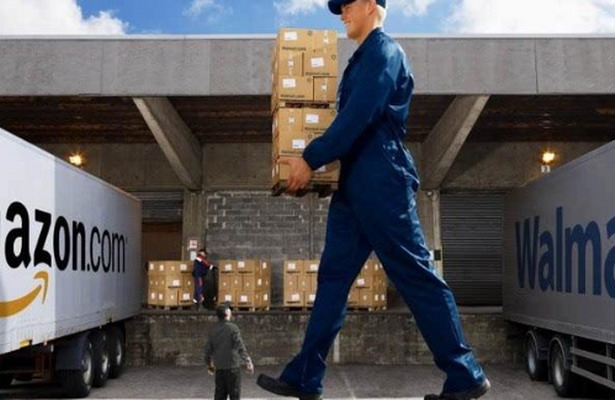Integrate global high-quality logistics and transportation resources to meet more personalized needs of domestic and foreign customers
What should FBA pay attention to during the first leg
FBA first leg refers to the responsibility of Chinese freight forwarding companies to transport sellers' goods to Amazon's global warehouses and provide them with a series of services such as customs clearance and tax payment. According to the mode of transportation of goods, it can be divided into air freight, express delivery, and sea freight FBA first leg. Air freight refers to the transportation of goods from China to the destination city of the FBA warehouse through air transportation, and then transported by truck to the FBA warehouse. Sea freight is the transportation of goods from China to the destination city of the FBA warehouse through ship transportation. Regardless of which FBA initiative a company chooses, the following issues should be noted.

1. When choosing the FBA first leg transportation method, the seller should consider both timeliness and their own capital turnover situation, in order to reduce the transportation cost of the enterprise.
2. When choosing the shipping method, it is necessary to consider the weight and size of the goods. If the size is too large or the weight is too heavy, air freight and express delivery are not suitable. Therefore, enterprises should pay attention to packaging issues when selecting products, and can appropriately combine lighter and heavier goods for transportation, thereby reducing transportation costs.
3. In order to ensure sufficient inventory of goods in the FBA warehouse, multiple FBA transportation methods should be used, using faster transportation methods such as air freight to temporarily replenish the goods, and then using sea freight as a low-cost method to transport more goods and replenish inventory in large quantities.
4. Enterprises must understand the policies and obstacles of the country where the selected FBA warehouse is located before sending the first FBA shipment, and be fully prepared for FBA transportation.
Due to the impact of the COVID-19 epidemic on the first course of FBA in many countries, there are many obstacles, such as the United States and Australia. Enterprises must do a good job in arranging their goods in advance and cannot wait until the inventory of goods is almost bottomed out before arranging transportation, otherwise it will affect the actual sales of goods.
Relevant recommendation
- Explanation of FBA air freight operation process
- Will the freight volume of China Europe railway steadily increase in 2020
- Which FBA logistics freight forwarder is more reliable
- How to Reasonably Utilize FBA Logistics
- Explanation of China Europe Railway Freight Insurance Liability
- Explanation of China Europe Railway Freight Trains


